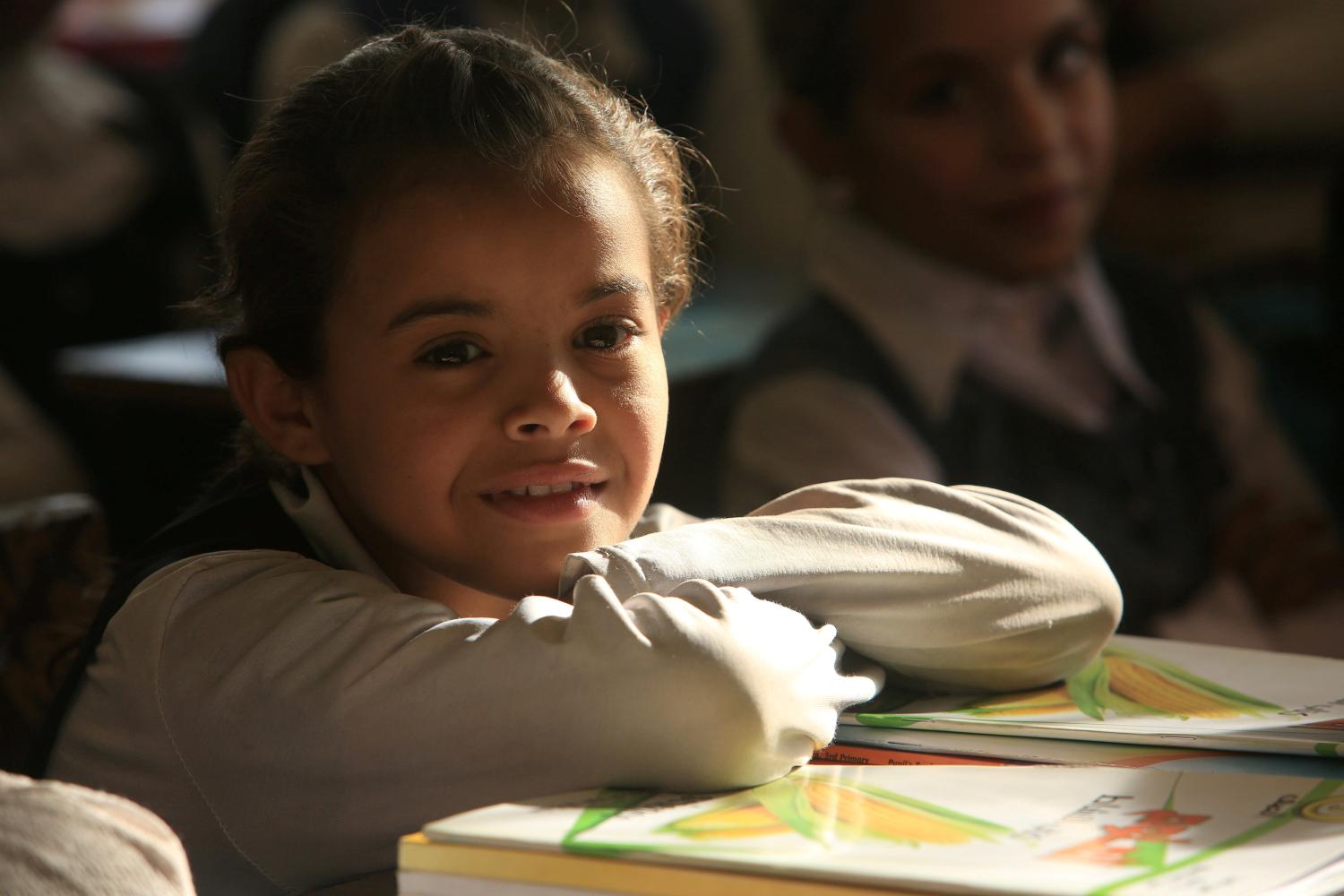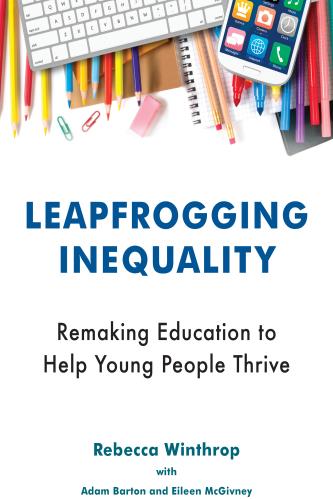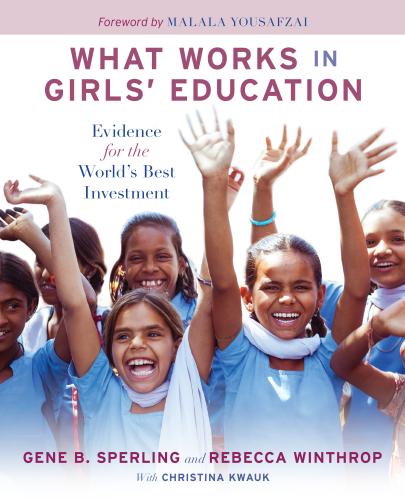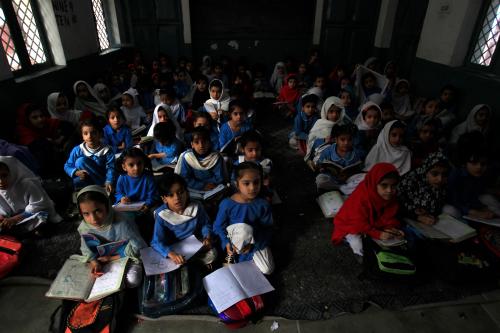After completing the Echidna Global Scholar program at Brookings in 2015, I planned an advocacy program for the promotion of girls’ education in Pakistan with Aappa Aziz Trust as my post fellowship project. The idea was to establish, in a selected town, a two-tier advocacy structure: Tier 1 was a local group of change agents and Tier 2 was a regional policy group of girls’ education champions (see Figure 1).
Figure 1: Two Tier Advocacy Structure

As I started convening the local group, it was evident that the inclusion of girls was necessary to ensure advocacy efforts reflected the real-life challenges of adolescent girls. We began to invite girls to our meetings, but their voices were restrained due to their cultural deference for the elders and teachers present, coupled with their lower socio-economic status compared to that of the local group members.
In response to this learning, we adapted our design to include a multi-level network to support girls in developing the leadership capacity and representational agency necessary to ensure their purposeful inclusion in the local group (see Figure 2).
Figure 2: Layered network of mentoring and advocacy for girls’ education
Including youth ambassadors was valuable because of their willingness to mentor local students and coordinators, as well as their resourcefulness in terms of time, energy, and coordination of local convenings.
Incorporating additional girl-focused layers into the network and linking their activities to local change agents helped to ensure real representation of girls’ contexts in the local advocacy effort. At the same time, this provided mentoring opportunities for girls focused on developing their confidence and representational agency through six monthly events. Each of these events provided an intimate and safe setting for girls and ambassadors to lead thematic discussions with parents and local change agents, share positive examples about the girls benefitting from financial and mentoring support, and recognize student achievement. These events were also a platform for local change agents to advocate to policy champions, helping to promote a sense of shared commitment to context-specific and responsive advocacy, where policy champions could support local solutions and recommendation of local change agents by amplifying these in local media and policymaking forums.
At the end of an internal evaluation, focus group discussions identified the layered approach as an effective strategy both for promoting girls’ voice in an advocacy program and developing girls’ representational agency. In particular, girls and youth benefitted:
- Adolescent girls could access mentoring from mentors who they could better relate to at a level closer to their respective contexts.
- Adolescent girls could aspire to and envision a trajectory of personal and professional progress through positive examples, starting with coordinators to graduate students as well as early career professionals, heads of institutions and political leaders.
- Adolescent girls could gain and then exhibit confidence in speaking up, finding solutions, negotiating in their favor and leading discussions and activities in a safe, supportive environment with people they could easily access and trust.
- College and university graduates not only experienced a sense of achievement mentoring students and making a positive contribution in their communities, but also developed agency, voice, and a sense of self-efficacy following the process.
Similarly, the local change agents and policy champions also benefited from this model by having space to gather locally relevant information for their advocacy work. Specifically, local group members could better identify local issues and solutions as a group and build their alliance for social action in the favor of girls’ education. At the same time, policy champions could find credible and genuine messages for their social and policy advocacy by working closely with girls, community members, and local notables at the grassroots level.
In the end, adding a layered mentoring program not only enhanced our advocacy initiative for adolescent girls’ education by putting girls back at the center of the work but also transformed the original program design by building off the real contexts and challenges adolescent girls face. We accomplished this by pursuing an iterative process of planning, implementation, reflection, and adaptation of the proposed idea. We learned that:
- Girls’ education advocacy should be anchored to a strong and prominent representation of girls themselves.
- An effective advocacy effort emerges from local networks of support and purposeful mentoring for girls themselves to develop their active and effective representation in advocacy effort.
- The creation of local networks of support requires a convening space where activists and advocates can come together and discuss challenges and solutions for girls’ education in their communities.
- Solutions and messages should be channeled into effective and credible mechanisms for amplification to policymaking forums.
The Brookings Institution is committed to quality, independence, and impact.
We are supported by a diverse array of funders. In line with our values and policies, each Brookings publication represents the sole views of its author(s).









Commentary
Lessons from a girls’ education advocacy initiative in Pakistan
September 6, 2018